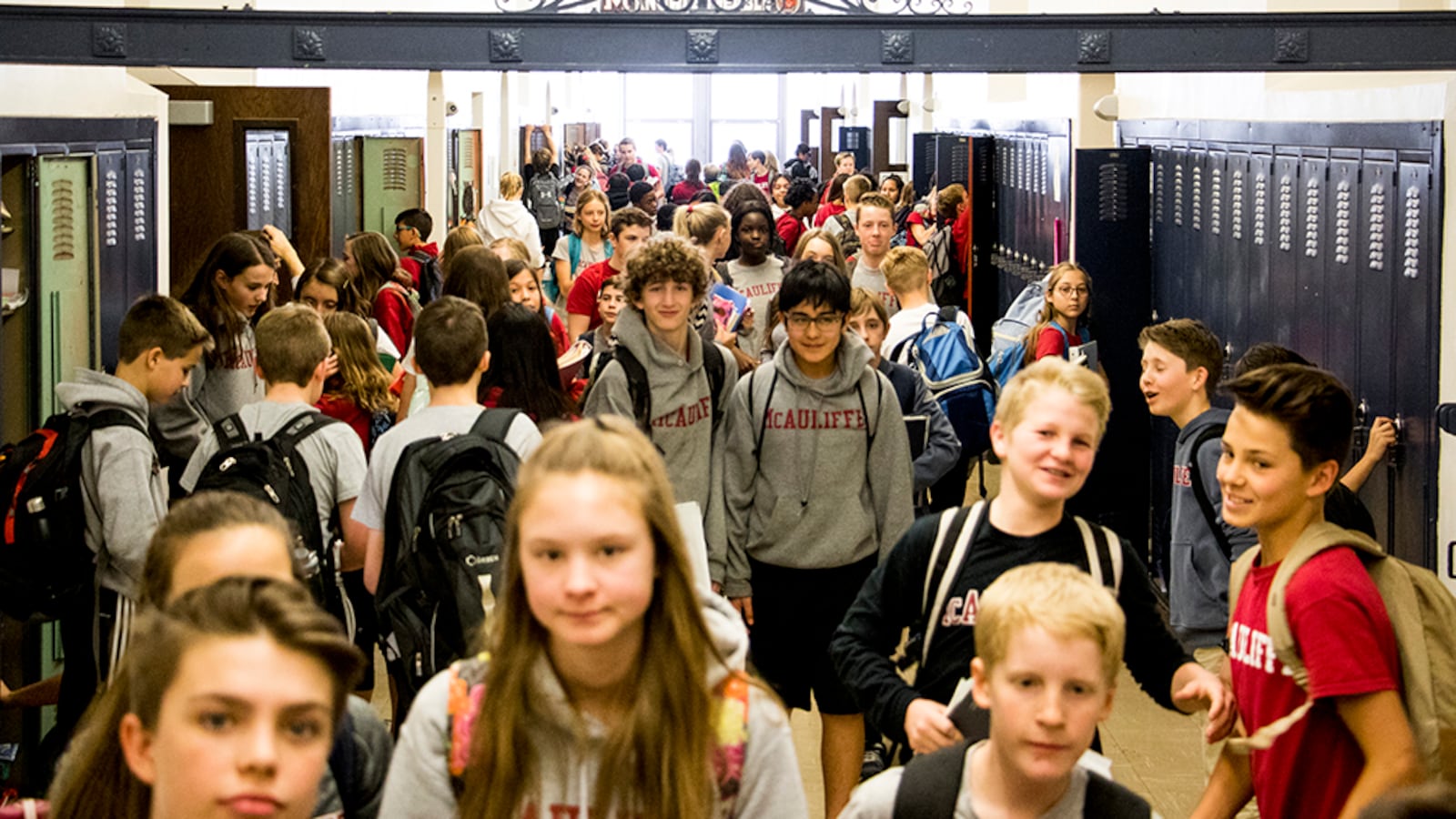Even as more Denver families participated in the annual public school lottery this year, about four out of five still got into a first-choice school, district officials announced Thursday.
More than 27,000 families submitted school choices, up 17 percent from last year. Officials attributed the big jump to several factors, including additional help the district provided to families to fill out the choice forms, which were online-only this year.
The window of time families had to submit choices was also pushed back from January to February, which gave families more time to tour schools and rank their top five choices.
Match rates – or the percentage of incoming elementary, middle, and high school students who got into their first-choice schools – dipped slightly from 82 percent last year to 81 percent this year. Brian Eschbacher, the district’s executive director of enrollment and planning services, said that’s not bad given that nearly 4,000 more families participated this year.
Deputy Superintendent Susana Cordova said officials are “thrilled” with the record participation. The district received its first choice form at 12:02 a.m. on February 1, just two minutes after the window opened, she said. The window closed February 28, and families found out last week which schools their children got into.
The reasons families participate in the lottery vary. Some want to send their children to charter schools or to district-run schools outside their neighborhood because they believe those schools are better. Others may be looking for a certain type of program, such as dual-language instruction.
Still others participate because they live in “enrollment zones,” which are essentially big school boundaries with several schools in them. Students who live in enrollment zones are guaranteed a spot at one of the schools in the zone but not necessarily the one closest to where they live. Many families who live in zones use the choice process to increase the chances they’ll get into their preferred school.
The district added three more enrollment zones this year, bringing the total number to 14 citywide.
This is the seventh year the 92,600-student district has used a single form that asks families to list their top five school choices. Those choices can be district-run or charter schools.
In part for making it relatively easy for parents to navigate the lottery, Denver has been named the best large school district in the country for choice by the Washington, D.C.-based Brookings Institution think tank for two years in a row.
The district especially encourages families with children entering the so-called “transition grades” of preschool, kindergarten, sixth grade, and ninth grade to submit choice forms.
This year, the biggest increase in participation came at the preschool level, with 777 more families requesting to enroll in preschool programs, a 17 percent increase from last year. The second-biggest increase was at the high school level, with 359 more families participating.
The most-requested high school was the city’s biggest, East High School in east-central Denver. East is one of several more affluent Denver schools participating in a pilot program that gives preference to students from low-income families who want to choice into the school.
Last year, the pilot program resulted in every eighth-grader from a low-income family who applied for a spot in East’s freshman class getting in. Results from this year are not yet available for East and the other schools participating in the program, Eschbacher said.
The most-requested middle school was McAuliffe International School in northeast Denver. The most-requested elementary school was Swigert International School, which is also located in the northeast and follows the same International Baccalaureate curriculum as McAuliffe.


